According to data from China's National Bureau of Statistics (NBS), the country's integrated circuit (IC) output grew by an impressive 6.9% to a record 351.4 billion ICs, up from 324.2 billion ICs in 2022. However, this unexpected success did not overshadow the complex landscape that the country's semiconductor industry faced throughout the year.
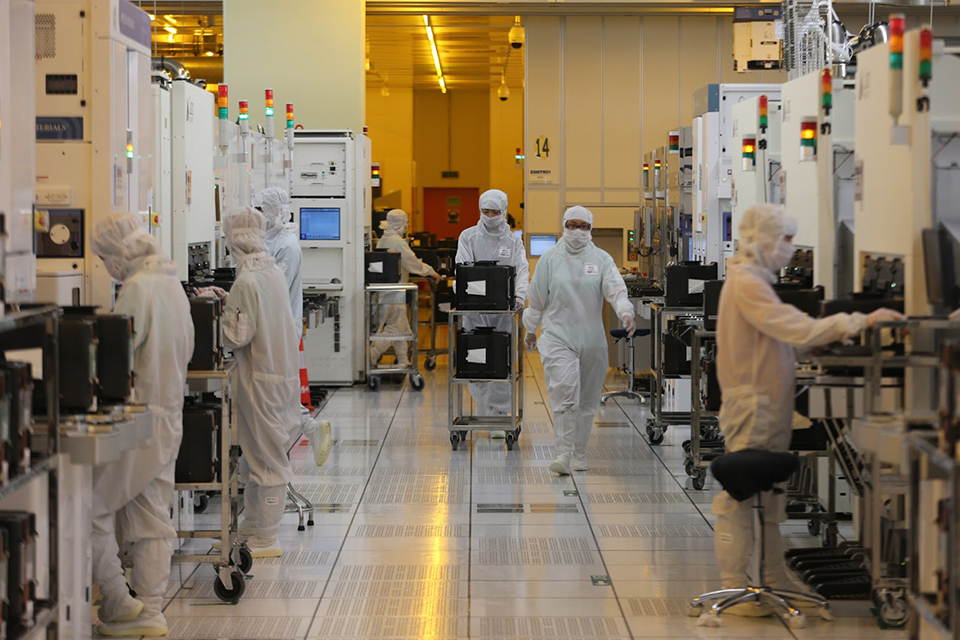
Despite restrictions, China's semiconductor industry promises strong recovery in Q2 2024
One of the key contributors to the growth was China’s resilient response to the economic recovery from the pandemic. Despite initial concerns, the semiconductor sector has shown remarkable strength, adapting to evolving market dynamics. IC production increased by 6.9%, underscoring the industry’s ability to overcome challenges and capitalize on emerging opportunities.
SMIC, China’s top semiconductor maker, faced challenges in 2023, with wafer shipments down 24% and capacity utilization down 74%. The decline was attributed to lower demand from key sectors such as smartphones and automobiles. Hua Hong Semiconductor, China’s second-largest semiconductor foundry, also suffered a temporary setback, with revenue down 0.79% year-on-year and capacity utilization down in the third quarter.
Despite these particular challenges, China’s semiconductor industry has demonstrated resilience and adaptability in the face of adversity. Analysts now predict a positive trajectory for the industry, with signs of recovery expected by Q2 2024. Foundry capacity utilization rates, which have been under downward pressure, are expected to recover, bringing the industry back to a healthier balance.
Trade statistics for 2023 showed mixed results, with China exporting 267.8 billion ICs worth $135.9 billion, slightly lower in volume but a strong performance. Imports, while down in volume and value, did not significantly hinder the overall growth of the industry.
Global tensions, particularly between the US and China, have posed challenges with export bans and trade controls on certain types of semiconductors affecting China’s access to advanced technology. However, proactive measures by the industry and a strategy focused on self-sufficiency have helped mitigate potential disruptions.
China's growing imports of semiconductors reflect the country's commitment to reducing its dependence on foreign sources. Initiatives such as "Made in China 2025," tariff exemptions and significant investment have underscored China's dedication to achieving semiconductor self-sufficiency.
Source link


![[Photo] General Secretary To Lam concludes visit to Russia, departs for Belarus](https://vphoto.vietnam.vn/thumb/1200x675/vietnam/resource/IMAGE/2025/5/11/0acf1081a95e4b1d9886c67fdafd95ed)
![[Photo] General Secretary To Lam meets and expresses gratitude to Vietnam's Belarusian friends](https://vphoto.vietnam.vn/thumb/1200x675/vietnam/resource/IMAGE/2025/5/11/c515ee2054c54a87aa8a7cb520f2fa6e)
![[Photo] General Secretary To Lam arrives in Minsk, begins state visit to Belarus](https://vphoto.vietnam.vn/thumb/1200x675/vietnam/resource/IMAGE/2025/5/11/76602f587468437f8b5b7104495f444d)








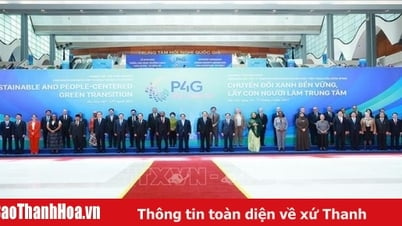



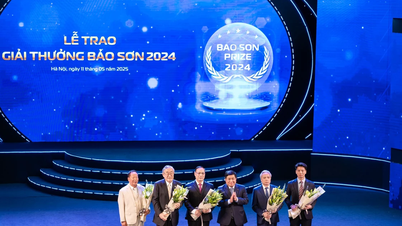









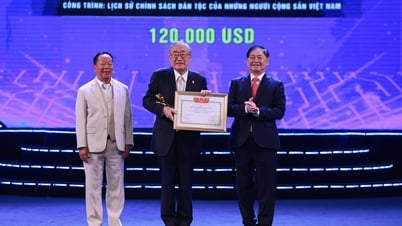


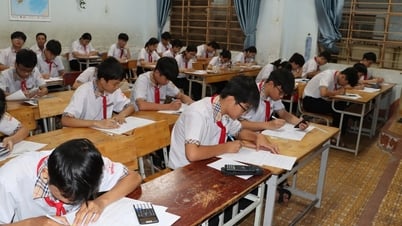


![[Photo] National Assembly Chairman Tran Thanh Man attends the Party Congress of the Committee for Culture and Social Affairs](https://vphoto.vietnam.vn/thumb/1200x675/vietnam/resource/IMAGE/2025/5/11/f5ed02beb9404bca998a08b34ef255a6)






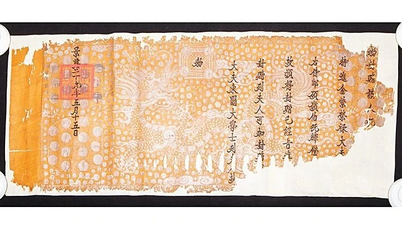






















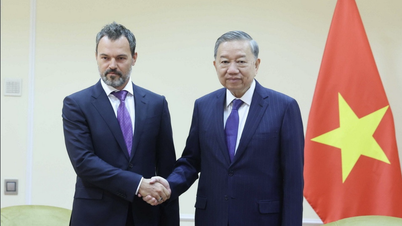
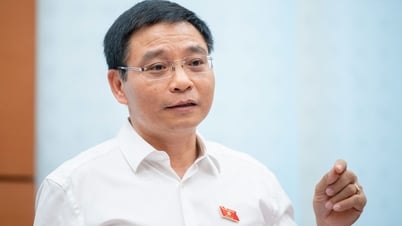




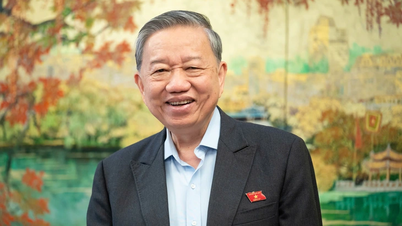
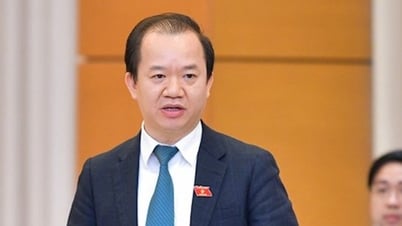



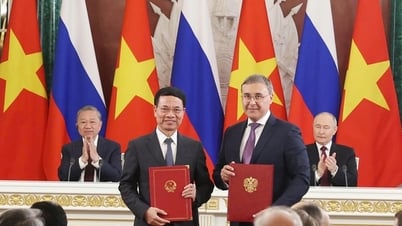




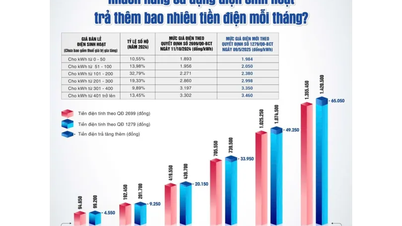





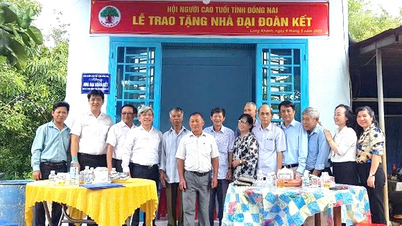

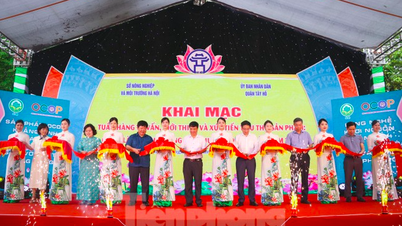







Comment (0)